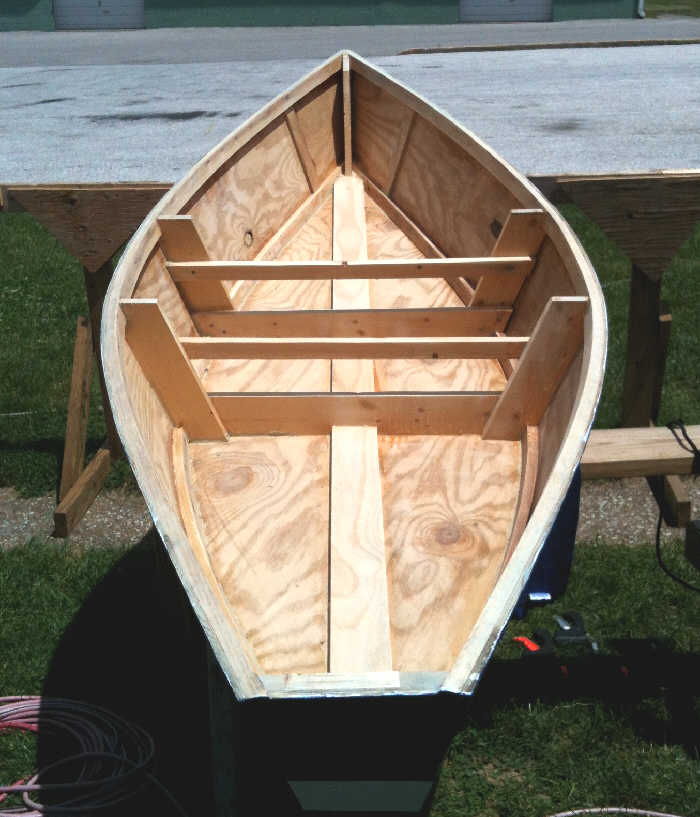
Wooden Dinghy Plans: Easy DIY Options for Beginners
Embark on a rewarding DIY adventure with the timeless charm of a wooden dinghy! Building your own boat is a captivating project that combines craftsmanship, problem-solving, and the satisfaction of creating something unique. While daunting at first, constructing a dinghy can be surprisingly achievable for beginners with the right plans and guidance. We'll explore easy-to-follow plans that break down the process into manageable steps, allowing you to enjoy the journey without getting overwhelmed.
Benefits of Building a Wooden Dinghy
The allure of building a wooden dinghy extends beyond the final product. Here are some compelling reasons to dive into this project:
- Unique and Personal: You'll create a vessel that reflects your personal style, from the choice of wood to the finishing touches.
- Craftsmanship and Tradition: Learn the art of woodworking and connect with the timeless tradition of boat building.
- Cost-Effective: Building your own dinghy can be more affordable than purchasing a ready-made one.
- Sense of Accomplishment: The satisfaction of completing a challenging project is immeasurable.
Choosing the Right Plans
The key to success is selecting plans that align with your skills and goals. Here's a breakdown of popular options:
Simple Rowboat Designs
Perfect for beginners, these plans feature straightforward construction, requiring minimal tools and experience. They typically involve a flat bottom and simple, curved sides, ideal for calm waters and leisurely rowing.
Small Sailboat Kits
For those seeking a more adventurous experience, small sailboat kits offer a rewarding challenge. They often come with pre-cut wood components, detailed instructions, and even pre-shaped ribs, making assembly more manageable.
Custom Dinghy Plans
For the more experienced woodworker, custom plans offer the ultimate level of personalization. You can choose the dimensions, features, and even the specific wood species for your dinghy. However, this option requires a deeper understanding of boat design and construction.
Essential Tools and Materials
Before you begin, gather these essential tools and materials:
- Hand Tools: Hand saws, chisels, planes, hammers, clamps, measuring tools, etc.
- Power Tools: Drill, jigsaw, belt sander, orbital sander
- Wood: Marine plywood, cedar, mahogany, or other suitable boat-building woods
- Epoxy Resin and Hardener: For bonding and waterproofing
- Boatbuilding Supplies: Fiberglass cloth, paint, varnish, fasteners, etc.
Building Your Dinghy Step-by-Step
The specific steps will vary depending on the plans you choose, but here's a general overview:
- Prepare the Work Area: Ensure a well-ventilated and organized space for building.
- Cut and Shape the Wood: Follow the plans carefully, using precision cutting techniques to create the hull sections.
- Assemble the Hull: Join the sections using epoxy and clamps, creating a watertight structure.
- Build the Deck and Interior: Construct the deck frame, seats, and other interior features.
- Fiberglass and Paint: Apply layers of fiberglass cloth and epoxy to strengthen and seal the hull.
- Finishing Touches: Add final touches, such as sanding, painting, and varnishing, to achieve a beautiful and durable finish.
Tips for Success
Here are some additional tips to ensure a smooth and enjoyable build:
- Read the Plans Thoroughly: Familiarize yourself with every step before starting.
- Practice Your Cuts: Before working on your boat, practice cutting and shaping wood on scrap pieces.
- Be Patient: Boat building takes time. Don't rush the process, and enjoy the journey.
- Ask for Help: If you encounter difficulties, don't hesitate to reach out to experienced boat builders for advice.
Building a wooden dinghy is a rewarding experience that combines craftsmanship, adventure, and the satisfaction of creating something with your own hands. By choosing the right plans, gathering the necessary tools, and following the steps with patience and enthusiasm, you can enjoy the journey of building your own boat and create a lasting memory on the water.

0 comments:
Post a Comment